Origami, the centuries-old Japanese art of paper folding, is far more than a mere creative pastime. It’s a captivating manual dexterity activity that engages hands and minds in a delicate dance of precision and patience.
With each fold, a flat sheet of paper transforms into intricate sculptures, animals, and geometric marvels. The art demands the mastery of fine motor skills, exacting hand-eye coordination, and unwavering attention to detail.
Beyond the aesthetic appeal, origami is a testament to human ingenuity and the capability to transform a seemingly simple material into awe-inspiring creations through skillful manipulation. In this exploration, we delve into the intricacies of origami as a true test of manual dexterity.
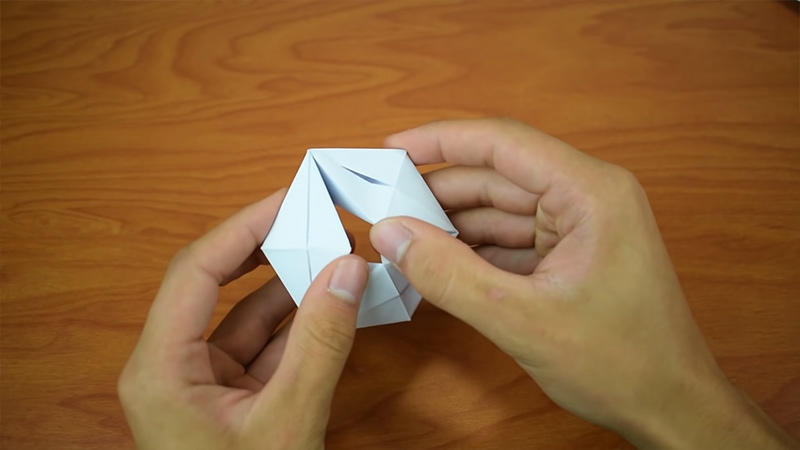
What Is Manual Dexterity?
Manual dexterity refers to the skillful and coordinated use of one’s hands and fingers to perform precise tasks with accuracy and control.
It involves the ability to manipulate objects, tools, or instruments effectively, especially in situations requiring fine motor skills.
Manual dexterity encompasses a wide range of activities, from simple tasks like picking up small objects to complex activities such as playing a musical instrument, performing surgery, or engaging in intricate crafts like origami.
This skill is essential in various aspects of everyday life and professional fields. In medicine and healthcare, surgeons rely on manual dexterity to perform delicate procedures.
In the arts, painters, sculptors, and musicians rely on their hands to create masterpieces. Mechanics, technicians, and craftsmen utilize manual dexterity to assemble, repair, and build various objects and machines.
Manual dexterity is not only about physical coordination but also involves cognitive functions, such as spatial awareness, hand-eye coordination, and the ability to follow precise instructions.
It can be developed and refined through practice, making it a valuable skill in numerous professions and hobbies that demand precision and control.
Is Origami a Manual Dexterity Activities?
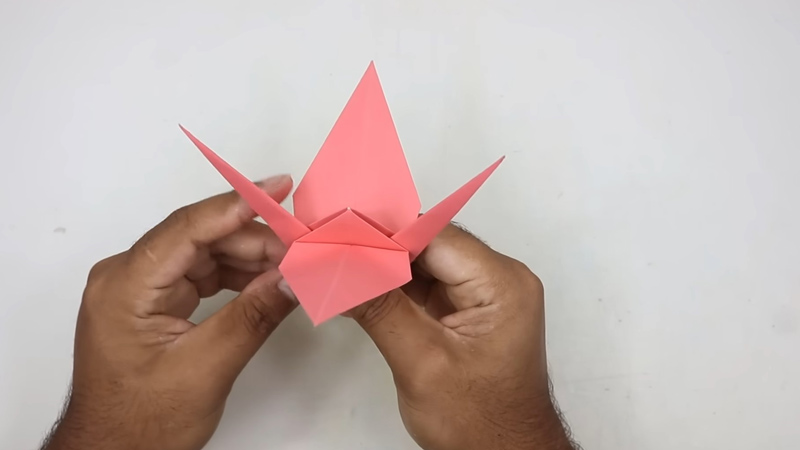
Origami, the art of paper folding, is indeed a manual dexterity activity. It involves the intricate folding of paper to create intricate and often delicate sculptures and designs.
While it may seem like a simple hobby that only requires folding paper, origami demands a high degree of manual dexterity, precision, and patience.
Here’s why origami is considered a manual dexterity activity:
Precision Folding
Origami designs often require precise folding along specific lines and angles. Achieving these folds accurately can be challenging, as even a slight deviation from the intended fold can affect the final result. This precision necessitates skilled hand-eye coordination and fine motor control.
Complex Designs
Origami is not limited to basic shapes. Skilled origami artists create intricate designs, including animals, flowers, and geometric figures, with multiple steps and intricate folds.
Executing these complex designs requires a high level of manual dexterity and concentration.
Tight Spaces
Some origami designs involve folding paper into tight spaces and creating small, detailed features. These tasks demand steady hands and a delicate touch to ensure that the paper doesn’t tear or wrinkle during the folding process.
Attention to Detail
Origami artists often focus on the smallest details, such as the placement of eyes on an origami animal or the folding of intricate patterns. This attention to detail is essential to achieving the desired final appearance of the model.
Patience
Origami can be a time-consuming activity, especially when working on complex or large-scale projects. Patience is a crucial aspect of manual dexterity, as it allows the artist to take the time needed to make precise folds and avoid mistakes.
Problem-Solving
Origami enthusiasts often encounter challenges and obstacles during the folding process, such as deciphering complex diagrams or fixing mistakes. Problem-solving skills are essential to navigate these hurdles and complete the project successfully.
Adaptation
Sometimes, origami artists need to adapt their techniques to accommodate variations in paper size, thickness, or quality.
This adaptability requires a deep understanding of origami principles and the ability to make on-the-fly adjustments.
Hand Strength
In addition to fine motor skills, origami can also improve hand strength. Repeatedly folding paper and creating crisp creases can help strengthen the muscles in the hands and fingers.
Is Origami a Manual Dexterity Activities for Preschoolers?
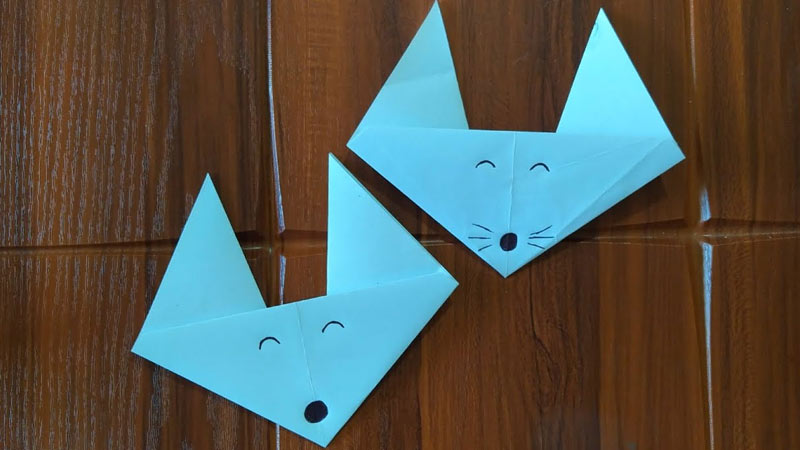
Yes, origami can be adapted as a manual dexterity activity for preschoolers, although it may require some modifications to suit their age and developmental level.
While intricate origami designs may be too complex for very young children, there are simpler origami projects designed specifically for preschoolers.
These projects typically involve basic folds and shapes, such as animals or simple boats, which are suitable for their fine motor skills and attention span.
Origami for preschoolers serves as an excellent way to introduce them to the concepts of folding, hand-eye coordination, and following instructions.
It can be a fun and educational activity that encourages creativity and patience in young children while enhancing their manual dexterity in a playful and engaging manner.
Is Origami a Manual Dexterity Activities for Adults?
Yes, origami is indeed a manual dexterity activity suitable for adults. While it’s often introduced to children, it offers numerous benefits for adults as well.
Origami requires precise hand movements, fine motor skills, and attention to detail, making it an engaging way for adults to refine their manual dexterity.
It can be a relaxing and meditative hobby, promoting mindfulness and focus. Additionally, origami offers a creative outlet, allowing adults to express themselves artistically while enhancing their hand-eye coordination.
It’s a versatile and age-inclusive activity that can be enjoyed by individuals of all ages, including adults looking to improve their manual dexterity.
Is Origami a Talent?
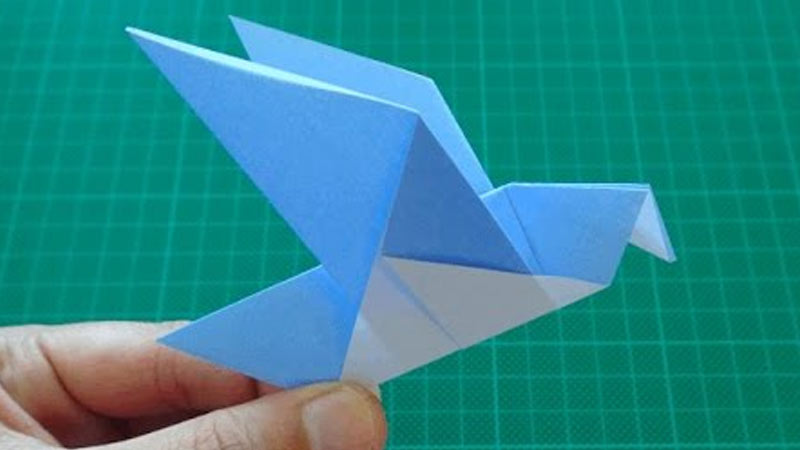
Origami can be considered both a talent and a skill, and whether it is one or the other depends on how it is approached and practiced.
Here are reasons why origami can be viewed as a talent:
Innate Artistic Ability
Some individuals seem to have an innate talent for visualizing and creating intricate origami designs.
They have a natural ability to understand the spatial relationships involved in folding paper and can produce stunning origami models with minimal guidance.
Creativity
Origami often involves creative interpretations of folding instructions or the development of entirely new designs.
Those who possess a talent for creativity can craft unique and aesthetically pleasing origami creations that stand out.
Artistic Expression
Origami, when taken to a higher level, can be a form of artistic expression. Talented origami artists can convey emotions, stories, or themes through their folded paper creations, showcasing their artistic talents.
Problem-Solving Skills
Exceptional origami artists possess a talent for solving complex folding challenges and overcoming obstacles in the folding process. This involves a combination of logical thinking and creativity.
Manual Dexterity Activities
Manual dexterity activities are those that involve the use of your hands and fingers to perform precise and coordinated movements.
These activities are not only enjoyable but also beneficial for improving fine motor skills, hand-eye coordination, and overall hand strength.
Whether you’re looking for activities to enhance your dexterity or searching for ideas to engage someone in therapeutic or recreational settings, here are some manual dexterity activities to consider:
Origami
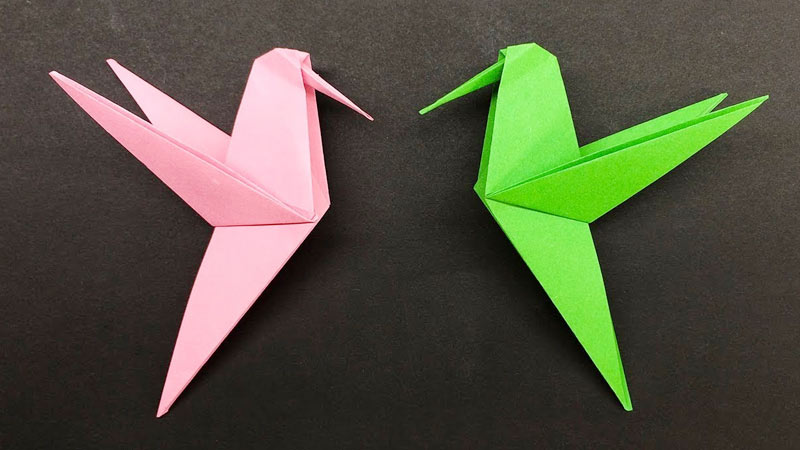
Origami, the art of paper folding, not only unleashes creativity but also hones fine motor skills. Precision in folding and careful manipulation of paper are essential.
As you progress from simpler models to more intricate ones, your hand movements become more controlled and accurate. Origami is not just about aesthetics; it’s about the delicate touch and attention to detail.
Jigsaw Puzzles
Jigsaw puzzles offer a delightful challenge for people of all ages. The act of sorting, picking up, and fitting puzzle pieces together demands fine motor skills and hand-eye coordination.
Moreover, working on puzzles with varying levels of complexity allows you to gradually improve your dexterity while enjoying a relaxing pastime.
Lego and Building Blocks
Building with Lego bricks and other construction toys sparks creativity and enhances fine motor development.
Whether constructing towering skyscrapers or intricate models, the ability to manipulate small pieces, align them accurately, and bring your imagination to life is a testament to manual dexterity. It’s a hands-on way for both children and adults to explore their engineering talents.
Model Building
Model building, whether it’s replicating airplanes, cars, or ships, is an art that requires meticulous attention to detail. Handling tiny parts and assembling them precisely demands steady hands and refined fine motor skills.
Beyond the satisfaction of creating a miniature masterpiece, model building offers valuable lessons in patience and precision.
String Art
String art is a unique fusion of creativity and manual dexterity. By wrapping string or thread around strategically placed nails or pegs on a board, you can craft intricate geometric designs.
The precise placement of each string and the careful tensioning require steady hands and a keen eye. String art allows you to transform a blank canvas into a visually captivating masterpiece.
Sewing and Embroidery
Needlework activities like sewing and embroidery are a testament to precision and attention to detail.
Whether you’re stitching a functional garment or embellishing fabric with intricate designs, these crafts demand delicate hand movements.
The control required to thread needles, create even stitches, and execute intricate patterns enhances fine motor skills.
Plus, the satisfaction of transforming plain fabric into beautiful, functional, or decorative items is deeply rewarding.
Playing Musical Instruments
Learning to play a musical instrument, such as the piano, guitar, violin, or flute, is an art that involves intricate finger movements and hand-eye coordination.
Each instrument has its unique challenges, from piano keys to guitar strings, and mastering these requires precision and dexterity.
As you become proficient, you not only create beautiful music but also refine your fine motor skills and sense of rhythm.
Handwriting Practice
Handwriting practice might seem mundane, but it’s a crucial skill that significantly influences fine motor development.
For children, improving handwriting helps in academic pursuits, while for adults, it maintains legibility and enhances penmanship.
Regularly practicing writing letters, words, and sentences strengthens hand muscles and fine motor control. Beautiful handwriting is not just aesthetically pleasing but also a reflection of refined dexterity.
Drawing and Sketching
Artistic pursuits like drawing and sketching offer a versatile avenue for honing fine motor skills. Whether you’re working with pencils, charcoal, pastels, or digital tools, these activities require precise hand control and attention to detail.
As you sketch and shade, you develop the ability to execute intricate lines and bring your creative visions to life. Additionally, drawing fosters creativity and self-expression.
Beadwork and Jewelry Making
Crafting jewelry and beadwork projects involves handling tiny beads and meticulously threading them onto strings or wires. This activity demands both fine motor control and a keen eye for design.
Whether you’re creating necklaces, bracelets, or intricate beadwork patterns, the process requires patience, precision, and creativity. The result is not only beautiful jewelry but also enhanced manual dexterity.
Cooking and Baking
Preparing intricate recipes, especially in the realm of pastry or cake decorating, is a delightful way to exercise manual dexterity.
Working with delicate ingredients, piping icing onto cakes, or crafting intricate fondant decorations requires precise hand movements and meticulous attention to detail. Plus, the added bonus is that you get to savor the delicious results of your efforts.
Playing Card Games
Card games like poker, bridge, or solitaire involve more than strategy and luck; they also demand precision in shuffling, dealing, and handling the cards. Regularly playing card games can help maintain hand agility and coordination.
The deftness required for card manipulation contributes to the enjoyment of these classic pastimes.
Sudoku and Crossword Puzzles
Solving Sudoku puzzles and crossword puzzles is a mentally stimulating activity that also sharpens fine motor skills.
Filling in the tiny boxes with numbers or letters necessitates careful hand control and precision.
These puzzles offer an enjoyable way to exercise your brain while refining your manual dexterity.
Hand Therapy Putty
Hand therapy putty or therapeutic dough is a specialized tool used to improve hand strength and flexibility.
It’s particularly beneficial for individuals recovering from hand injuries or seeking to enhance their fine motor skills.
Squeezing, stretching, and shaping the putty provide resistance and challenge the hand muscles, making it an effective tool for hand rehabilitation and strengthening.
Knot Tying
Learning to tie various knots, such as those used in boating, camping, or climbing, requires intricate hand manipulation.
Knot tying is not only a practical skill but also an excellent way to improve manual dexterity.
Practicing different types of knots, understanding their applications, and achieving the perfect knot combines creativity with precision.
How to Improve Manual Dexterity?
Improving manual dexterity is a valuable skill that can benefit various aspects of your life.
Here are some effective ways to enhance your manual dexterity:
Practice Fine Motor Skills
Engaging in activities that require precise hand movements, such as origami, drawing, or crafting, can help you refine your manual dexterity.
Origami, for instance, challenges you to fold paper with precision, enhancing your control over fine motor movements. Drawing and crafting require steady hands and attention to detail, further honing your dexterity.
Handwriting Practice
Regularly practicing handwriting can make a significant difference in your manual dexterity. Focus on writing neatly and legibly.
Experiment with different writing styles and lettering techniques to challenge and improve your hand control.
Play Musical Instruments
Learning to play a musical instrument is an enjoyable way to enhance manual dexterity.
Instruments like the piano, guitar, and violin demand intricate finger movements and coordination.
As you practice and play songs, you develop better control over your hands, fingers, and hand-eye coordination.
Cooking and Baking
The culinary arts offer an enticing opportunity to exercise manual dexterity. Tasks such as chopping vegetables, decorating cakes, or rolling out dough require precise hand movements and attention to detail. As you tackle intricate recipes, your hand control and creativity in the kitchen improve.
Crafts and Hobbies
Engaging in hobbies that emphasize fine motor skills, such as model building, jewelry making, or knitting, can be both relaxing and skill-enhancing.
Crafting intricate jewelry or constructing detailed models demands careful hand manipulation and the development of steady hands.
Physical Therapy Exercises
If you have specific hand or finger issues or are recovering from an injury, consulting a physical therapist can provide you with exercises tailored to improve manual dexterity.
These exercises may involve gripping, squeezing, and manipulating objects to strengthen hand muscles and increase flexibility.
Knot Tying
Learning various knots used in practical applications, such as boating, camping, or climbing, can be a fun way to enhance manual dexterity.
Tying knots correctly requires careful hand manipulation and precision, making it a practical skill to acquire.
Drawing and Sketching
Regularly practicing drawing and sketching can enhance your hand control, precision, and creativity.
Experimenting with different materials and techniques challenges your dexterity while allowing you to express your artistic talents.
Yoga and Hand Exercises
Engaging in yoga or specific hand exercises can improve hand and finger strength, flexibility, and control.
Yoga poses like “Downward Dog” and “Handstand” challenge your hand coordination and balance, aiding in overall manual dexterity.
Consistency and Patience
It’s important to understand that improvement in manual dexterity takes time and persistence. Set aside regular practice sessions, track your progress, and celebrate small achievements along the way. Be patient with yourself as you work toward refining your fine motor skills.
Consult a Specialist
If you have unique concerns about your manual dexterity or specific goals in mind, consider consulting with an occupational therapist or hand specialist.
They can provide personalized guidance and exercises tailored to your needs, ensuring your efforts are focused and effective.
FAQS
Is origami suitable for all age groups as a manual dexterity activity?
Yes, origami can be enjoyed by people of all ages, from children to seniors. It offers varying levels of complexity, making it adaptable to different skill levels and age groups.
Can origami be used as a therapeutic activity for individuals with hand coordination difficulties?
Absolutely, origami has therapeutic benefits and can be used to improve hand coordination and fine motor skills. Occupational therapists often incorporate it into rehabilitation programs.
Are there any specific origami techniques or models that are particularly effective for enhancing manual dexterity?
While all origami involves fine motor skills, complex models with intricate folds and details can be especially beneficial for refining manual dexterity due to the precision they demand.
Can origami help improve hand strength in addition to dexterity?
While origami primarily focuses on dexterity and fine motor skills, the repeated folding and manipulation of paper can contribute to increased hand strength over time.
Are there any cultural or historical aspects of origami that add to its appeal as a manual dexterity activity?
Yes, origami has a rich cultural history, particularly in Japan, where it is deeply intertwined with art and tradition.
To Recap
Origami undeniably qualifies as a manual dexterity activity. This ancient art form demands meticulous precision and fine motor skills as practitioners delicately fold paper into intricate designs.
The process requires steady hands, acute attention to detail, and a deep understanding of geometric principles.
Origami not only nurtures hand-eye coordination but also fosters patience and perseverance. It serves as an engaging and rewarding way to enhance manual dexterity for individuals of all ages.
Moreover, its cultural significance and therapeutic benefits further underscore its role as a valuable activity that promotes the refinement of fine motor skills, making it a truly timeless and cherished form of creative expression.
Leave a Reply